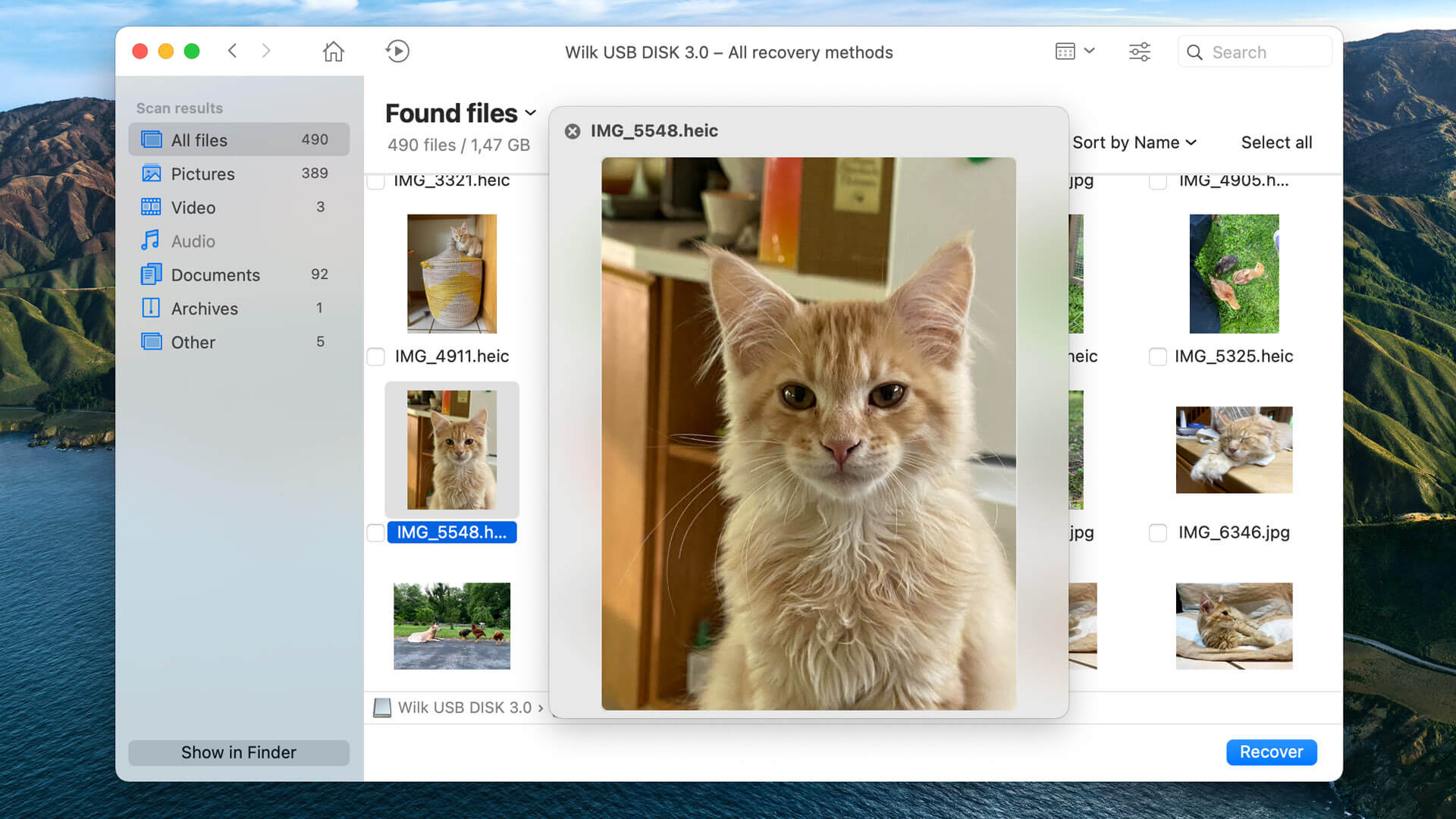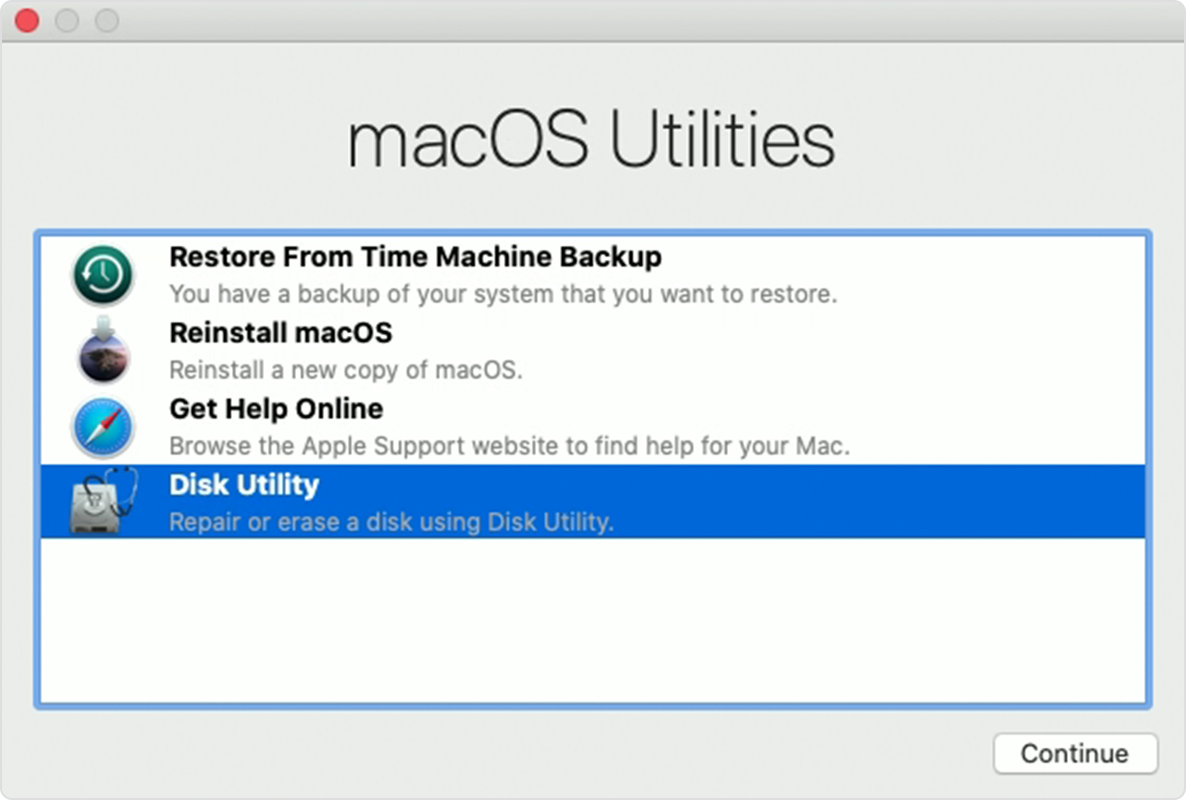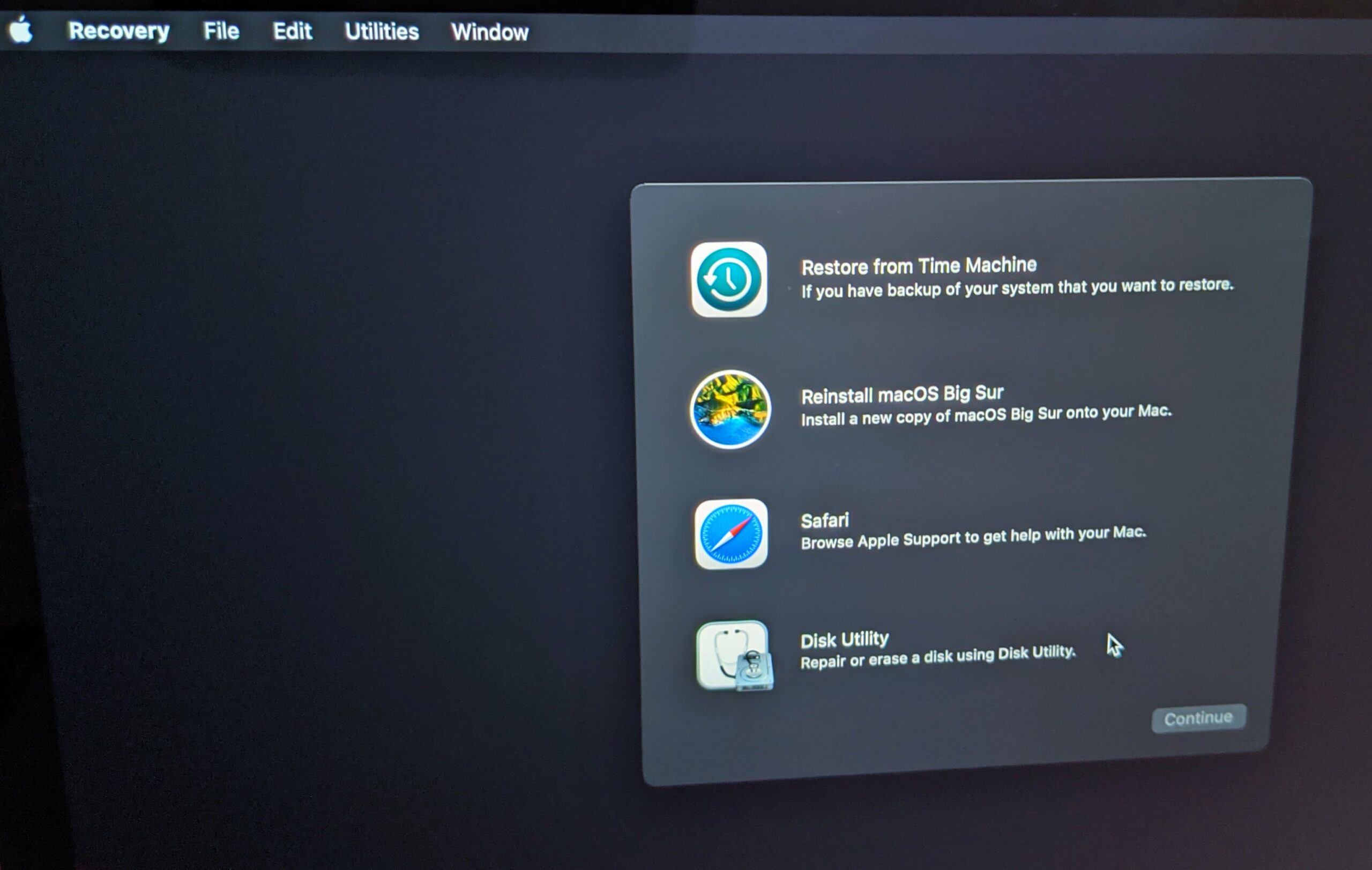

- Recovery mac os how to#
- Recovery mac os for mac#
- Recovery mac os install#
- Recovery mac os update#
- Recovery mac os software#
If you want to retrieve data from an external device, like an external disk or memory card, connect it to your computer and the stored data can also be recovered.ĭownload | Mac Mac Version Download | Win Windows Version 1.
Recovery mac os for mac#
This file recovery freeware for Mac is dedicated to recovering data on Windows or Mac computer. For example, Recoverit Free Mac Data Recovery. If you just want to recover deleted or lost files from Mac hard drive, you can rely on a free data recovery program to help you do that. How do I recover files on my Mac for free? Part 3 How to Recover Data on Mac Hard Drive
Recovery mac os update#
It is also a good idea to update this disk regularly. You will be able to use the disk when you need it the most. Eject the new recovery disk and keep it in a safe place.
Recovery mac os software#
When the software prompts you that it is done, click on the "Quit" button. It will take some time for the process to complete.
Recovery mac os install#
(Note: all data in the selected drive will be overwritten so that the wizard can install the needed data to make the external hard drive or USB stick into a recovery disk.) Select the drive you want to use to create the OS X Recovery Disk.Agree to the terms and conditions and wait until the software detects your external drive. Attach an external hard drive or USB stick and launch the Recovery Disk Assistant.Wait until the download is complete and double-click on the file, which should be named "RecoveryDiskAssistant.dmg." This will create the Recovery Disk Assistant.appfile - drag it into your Applications folder.Download the Recovery Disk Assistant from the Apple website if you do not have it already in your Applications/Utility folder.Once you have made sure both requirements are fulfilled, follow the following steps to create an OS X recovery disk: An external USB drive or SD card with at least 1GB free space.If you have a newer Mac, use Internet Recovery to get the system online. To create an OS X Recovery Disk, make sure that your machine is at least running on OS X Lion or Mountain Lion and that there is an existing Recovery System on its startup volume.Before you start, here are some of the things you need to adhere to:
Recovery mac os how to#
Read on to learn how to create OS X Recovery Disk that you can easily access anywhere, anytime.

In these situations, having your OS X Recovery Disk easily accessible on an external USB drive or SD card would be beneficial. This method will also not work if you had upgraded an old Mac to run on a newer version of OS X. But what how can you access this hidden partition if something goes wrong with your hard drive? You can always connect your computer online and initiate the OS X Internet Recovery feature, but realistically, you may not always have an internet connection.

Mac users could no longer depend on physical recovery disks to help them fix any problems on their machines. Since OS X Mountain Lion, everything went digital and maintenance-minded. Part 2 How to Create an OS X Recovery Disk Click the "Repair Disk" button to start fixing this button. To check the problem your Mac has, click the "Verify Disk" button.

Wait for macOS Recovery to load on your Mac.Here is how to repair Mac disk and recover Mac with OS X Recovery Disk: Select Options > Continue using your mouse, trackpad, or the arrow keys on your keyboard. Your Mac’s boot selection screen should show up after a while. Release the Power or Touch ID button when the message changes to Loading startup options. You will see a Keep holding to load startup options message appear on your screen. Now press and hold the Power or Touch ID button to reboot your Mac. If you have trouble doing that, forcibly shut it down by holding the Power or the Touch ID button. If you’re using an Apple silicon Mac, you first need to get to the boot selection (or startup options) screen, and then you can enter macOS Recovery from there. So whether your Mac uses an M1, M1 Pro, M1 Max, or any other kind of Apple silicon chip, we’ll show you how to boot into macOS Recovery below.īooting Into macOS Recovery With Apple Silicon But that method doesn’t work for the newer crop of Macs that run on Apple silicon chips. On Intel Macs, you could access it simply by holding down Cmd + R during startup. MacOS Recovery is a special boot mode on your Mac that helps you troubleshoot various software problems.


 0 kommentar(er)
0 kommentar(er)
